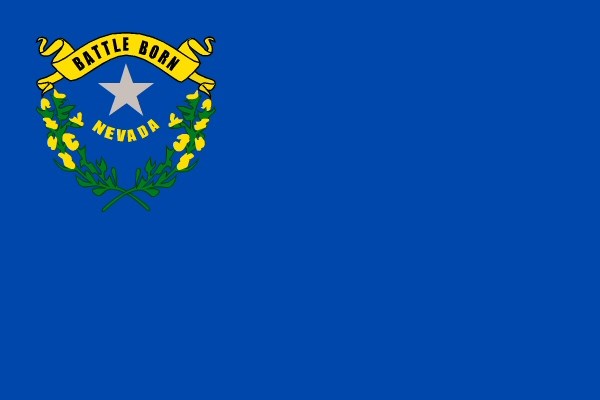Last updated: August 22, 2019
Article
Nevada and the 19th Amendment

Women first organized and collectively fought for suffrage at the national level in July of 1848. Suffragists such as Elizabeth Cady Stanton and Lucretia Mott convened a meeting of over 300 people in Seneca Falls, New York. In the following decades, women marched, protested, lobbied, and even went to jail. By the 1870s, women pressured Congress to vote on an amendment that would recognize their suffrage rights. This amendment was sometimes known as the Susan B. Anthony amendment and became the 19th Amendment.
The amendment reads:
"The right of citizens of the United States to vote shall not be denied or abridged by the United States or by any state on account of sex."
After decades of arguments for and against women's suffrage, Congress finally passed the 19th Amendment in June 1919. After Congress approved the 19th Amendment, at least 36 states needed to vote in favor of the amendment for it to become law. This process is called ratification.
On February 7, 1920, Nevada voted to ratify the Nineteenth Amendment. By August of 1920, 36 states ratified the 19th amendment, ensuring that all across the country the right to vote could not be denied based on sex.

Library of Congress. Records of the National Woman's Party Collection. https://www.loc.gov/resource/mnwp.160070/

One of Nevada's most prominent suffragists was Anne Martin of Reno. Educated at the State University (now known as the University of Nevada), Martin was elected president of the Nevada Equal Franchise Society. She marched in suffrage parades across the country and in London. Martin also taught in the history department at the University of Nevada. The university campus is listed on the National Register of Historic Places.

The University of Nevada Campus is an important place in the story of ratification. It's listed on the National Register of Historic Places.






